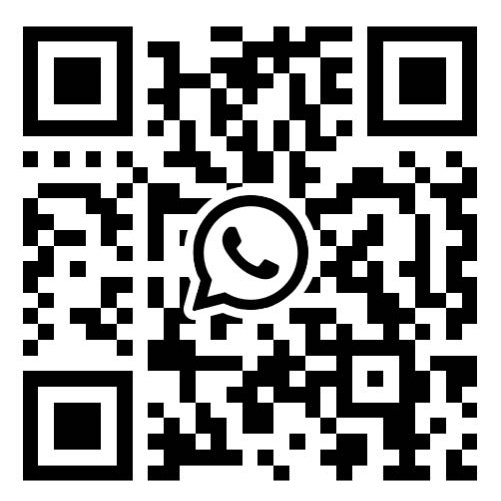Standard Maintenance for ABB Robot
Release time:
2025-05-27 16:30
Source:
Standard Maintenance for ABB Robot
1. Maintenance spare parts
(1) Lubricating grease
(2) Maintenance spare parts package
SMB batteries, cooling fans, motor lights, fuses, etc

2. Standard maintenance of the body
2.1 Routine inspection
(1) Body Cleaning
According to the on-site work, the robot body is dusted and cleaned.
(2) Body and 6-axis tool end fixation inspection
Check whether the body and tools are well fixed.
(3) Check the limit stops of each axis
(4) Cable condition check
Check the use and wear of robot signal cables, power cables, user cables, and body cables.
(5) Seal condition check
Check the body gearbox, wrist, etc. for oil leakage and oil seepage.
2.2 Functional measurement
(1) Mechanical zero measurement
Detects whether the robot's current zero position is consistent with the standard calibration position.
(2) Check the status of the motor brake
Detect the voltage value of the open motor brake, and test the brake function of each axis motor.
2.3 Replacement of maintenance parts
(1) Body oil replacement
Robot gearbox, balance cylinder or connecting rod oil change.
(2) Robot SMB board inspection and battery replacement
Check whether the fixed connection of the SMB board is normal, and replace the battery.
3. Standard maintenance for control cabinets
3.1 Routine inspection
(1) Control cabinet cleaning
Clean the appearance of the robot control cabinet and dust the inside of the control cabinet.
(2) Check the robustness of all components of the control cabinet
Check the fastening status of all components in the control cabinet.
(3) Teach pendant cleaning
Cleaning and sorting of teach pendants and cables.
(4) Board indicator status
Check the status of each circuit board in the control cabinet and check the status of the circuit board.
(5) Inspection of cables inside the control cabinet
All cable plugs in the control cabinet are securely connected and the cables are neat.
3.2 Control cabinet measurements
(1) Power supply voltage measurement
Measure the incoming line voltage, drive voltage, and power module voltage of the robot for overall evaluation.
(2) Safety loop detection
Check whether the safety loop (AS, GS, ES) is in normal condition
(3) Teach pendant function detection
Detect the validity of all keys, whether the emergency stop loop is normal, and test the touch screen and display function.
(4) System calibration compensation value detection
Check whether the parameters of the robot calibration compensation value are consistent with the factory configuration value.
(5) System backup and import detection
Check whether the bot can complete the program backup and re-import functions normally.
(6) Hard disk space detection
Optimize the hard disk space of the robot control cabinet to ensure that the operating space is normal.
3.3 Maintenance parts replaced
(1) The drive fan unit is replaced
Replacement of the cooling fan of the drive unit.
(2) Fuse replacement
Control cabinet fuse replacement.
(3) The motor is powered on and the indicator is replaced
The indicator light in the power-on button of the motor on the control cabinet operation panel is replaced.
4. Summary of the standard maintenance report
(1) Robot is recommended after standard maintenance
(2)A list of recommended spare parts after standard maintenance of the robot
5. Standard maintenance cycle
One year or operating for 3000-4000 hours (maintenance cycle)

Replace the SMB battery
After the robot turns off the mains power, it needs to rely on the SMB battery to save the data of the 6 axes. It is advisable to replace the SMB battery before it is about to run out (the alarm message code for battery depletion is "37207"), so that you can save yourself the trouble of manually finding the zero position.
The SMB and battery are installed in the robot body, and the specific location can be found in the product manual of the corresponding robot model.
Disclaimer: All content is only for learning and communication, if unpredictable problems occur due to self-operation, please bear the risks and consequences caused by the test.
———————— END ————————

News






